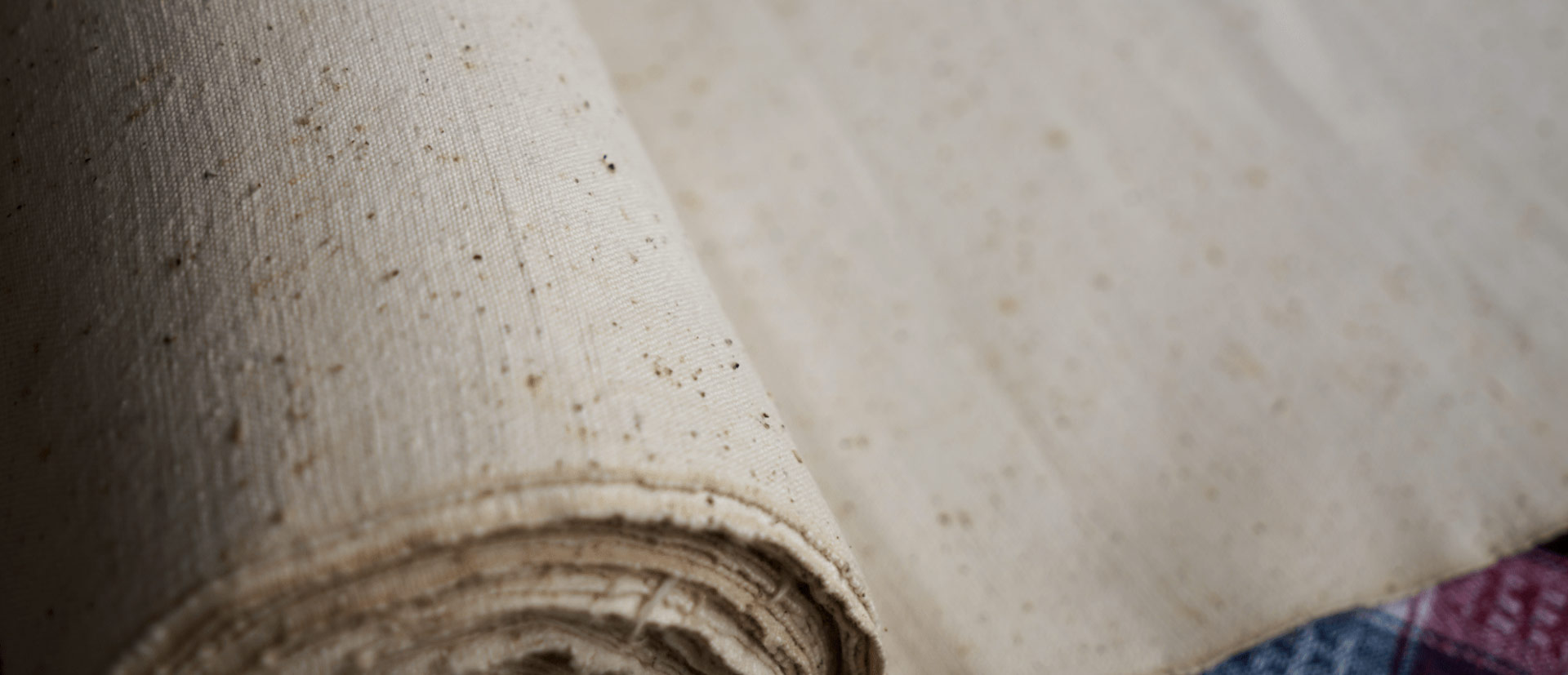History
Handicrafts are considered one of the best expressions of a nation’s cultural values, history, and artistic understanding. They have provided us with living narratives of the region’s life stories and works from the past to the present.
Şile Fabric, with a history exceeding 150 years, was produced until the 1950s to meet the clothing needs of the local population. It is known that Şile Fabric was first woven in the Black Sea coastal villages extending east from Şile, including Kabakoz, Karacaköy, Bozgaca, Kızılcaköy, and Yeşilçay. According to Natalia Adamantidu’s book “Life in Şile Before the Exchange,” published before 1923, women wove wool, cotton, and silk fabrics to prepare dowries for their daughters. They made handkerchiefs, shirts, and tablecloths from these fabrics and later embellished them with intricate decorations. During this period, women also produced silk from silkworms and wove fabrics from unwashed wool.
In the early 1970s, over 1,500 women working on more than 500 looms in Şile produced an average of 130,000 bolts or 2.6 million meters of Şile Fabric. There were also about 350 primitive handlooms in 40 villages connected to Şile that could produce narrow-width fabrics.
In 1971, Şile Fabric worth approximately 30 million Turkish Lira was exported to West Germany, France, the Netherlands, Switzerland, and the United States. During the era when hippies visited Turkey and purchased Şile Fabric garments as souvenirs, these garments spread across Europe. In 1971, when Eastern motifs were in fashion in Paris, Şile Fabric garments decorated with handmade motifs were sold for 60 French Francs (200 Turkish Lira) in famous boutiques in Paris.
In 1972, some retailers in England advertised Şile Fabric garments in magazines and newspapers, stating that they could design custom-made garments from Şile Fabric. That year, blouses made of Şile Fabric were sold for 2.75 British Pounds (100 Turkish Lira) in England. In Turkey, renowned fashion designer Zuhal Yorgancıoğlu noted that Şile Fabric faced significant competition from European designers who dominated global fashion trends in the 1970s. By 1973, Şile Fabric was produced as swimwear and beachwear by fashion designers. Italian fashion declared beach colors as blue and yellow for the summer of 1973, and unembellished Şile Fabric garments were frequently used in beachwear.


